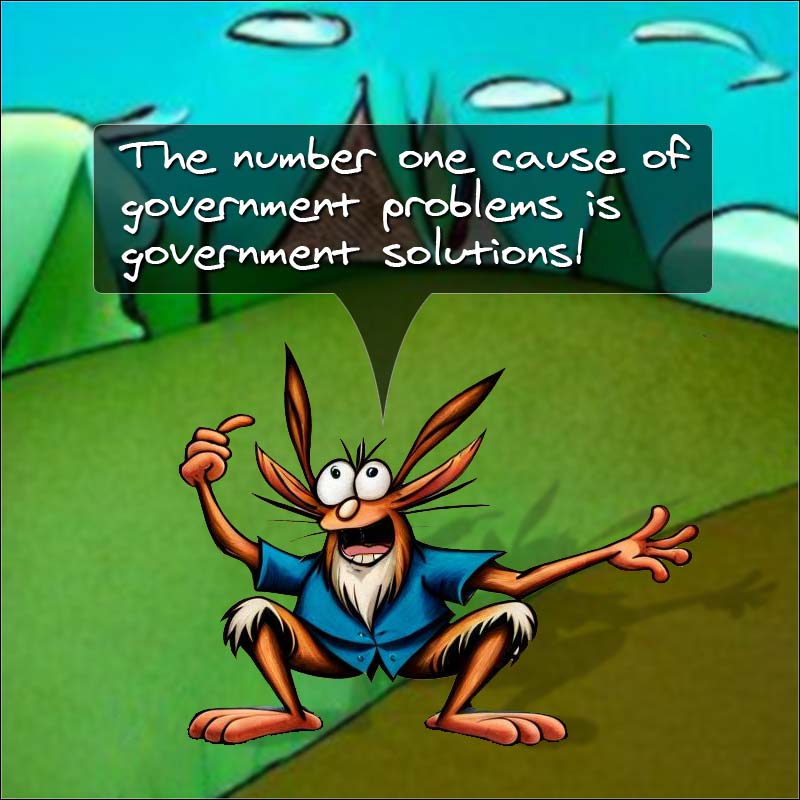Nothing is for sale here. Freewill tips keep the site running. Want to help? → Tip via Paypal
Electrify the Content
At this point your article is starting to look really good. And it should be unique enough that no one would recognize it as former PLR content.But now it's time to put the final touches on your article. I call it "electrifying" the content because these are the little things that add a current of authority and excitement to the article. Here's how it's done:
-
⇒ Proofread for grammar, punctuation, and spelling mistakes.
I can hear you now, "Oh no! Not that old advice again."
Yup, I'm afraid so. It needs to be done so it needs to be said.
Your article doesn't have to be perfect, unless it's about grammar and punctuation, of course. Indeed, the message in your article is much more important than whether you used a comma where a semi-colon was more appropriate.
Still, mistakes slow down the flow of the article. This includes incomplete sentences, run on sentences, and spelling errors. If people are tripping over the mistakes it reduces the likelihood they'll read to the end. And remember…
…that's the goal!
Yes, it's your content so you can do whatever the heck you want, but ask yourself which is more important to you:
- To do whatever the heck you want, or…
- To have others do what you want, such as subscribing to your mailing list or buying your product.
It's your choice, but be aware that having too many grammar and punctuation mistakes not only looks unprofessional, but it will stop a percentage of your readers from doing business with you. If you don't want that…
Whenever possible, have someone else proof your articles for you. We're often too close to the project, which makes it harder for us to see mistakes. We see what we meant to say, or what we think we said, rather than what we actually said. If you don't have anyone else to proof them for you, then set it aside for a few days and then look at it with fresh eyes. Reading it aloud is also a good way to find mistakes.
 My publisher always insisted I print a copy of my books and read them on paper before submitting them. Seeing them in a different format, on paper instead of on a computer screen, reveals things we don't notice in the original format. It's a very good trick that works well.
My publisher always insisted I print a copy of my books and read them on paper before submitting them. Seeing them in a different format, on paper instead of on a computer screen, reveals things we don't notice in the original format. It's a very good trick that works well.
The bonus to that "pro tip" above is that it will give you backup copy of your work that isn't dependent on digital storage. Maintaining a hard copy is still an effective backup system!
-
⇒ Polish the article to make it easier to read.
Now look at the article as a whole. Don't actually read the words. Instead, just glance at its form and ask yourself honestly: Does it LOOK easy to read from a purely visual perspective, or does it look like a wall of text?
You see, some people won't read an article if it looks difficult to read. Not only should the article be an easy read, it should give the appearance of being an easy read. You do this by:
- Opening your article with a short sentence. Then start a new paragraph and continue the introduction. If your first line looks easy to read, it is more likely to be read.
- Use short paragraphs. Long blocks of text look difficult to read. Chop those paragraphs up into smaller paragraphs so that you can introduce more white space into your article.
- Instead of listing items separated by commas in a sentence, or as separate sentences in a paragraph, create a bulleted list where it makes sense. Doing so makes the text easier to read and gives those just skimming the content something a little more eye-catching.
- As already mentioned, you can also divide your article into smaller chunks by using subheadings.
- Use plenty of white space. [ White Space Tutorial ]
⇒ Add in your own unique twists.
Look at this article series you're reading as just one example of a unique twist.
This report could have simply listed the six steps to rewriting PLR. Instead, I created the T.R.A.N.C.E. formula from the steps to add interest and help make the steps easier to remember.
In doing so, I set this report apart from other "how to rewrite PLR" products.
You can do the same. If your article already has a series of steps or tips listed, then tweak those steps to create a formula. It's as easy as thinking of a word you want to use as an acronym and then naming the steps appropriately to spell out the word.
Example 1: Say you have an article that lists nine weight loss tips. You could create a FAT BUSTER formula, where each tip starts with one letter in the phrase "fat buster" …thus forming the acronym, F.A.T. B.U.S.T.E.R.
Example 2: If your article was about three steps to training a dog, you could make each step start with the letter "T" and call it the "3T Training Formula" or something similar. That's just an example. The point is, it doesn't have to be an acronym if you find creating an acronym too difficult.The bigger point is to do something to make it unique among similar products or articles. The best way to stand out in a crowd is to stand apart from the crowd!
⇒ Optimize the article for the search engines (where applicable).
This tip won't apply to every article you write, but if you're trying to pull in traffic from the search engines you'll need to create content around the actual keywords people search for.
Having said that, keep these two points in mind:
- You should write for your human readers first and the search engines as a secondary goal. If you focus too much on writing for the keywords, you may find your writing becoming stilted and unnatural as you try to cram too many keywords into it. People don't like that, and neither do the search engines. The search engines pretty much know if the content is engaging by how fast people click back to the search results page after clicking on a search result.
- Search engine rankings are due, in part, to your off-page optimization efforts. That means if you're trying to create content around competitive keywords, you likely won't rank it very well in the search engines unless you are also doing an intensive linking campaign, and doing it in a way that the search engines don't deem unnatural.
- dates
- references to holidays or seasons
- statistics that are subject to change
- fads, trends, and pop culture references
- model numbers, version numbers, etc.
- current events and news
- anything else that makes an article outdated too soon
Nonetheless, here's a quick snapshot at how to create articles that pull in search engine traffic…
While the majority of people try to get ranked for broad keywords, the best way to get good rankings is to shoot for the "long-tail" keywords. They are easier to rank for, and the traffic is usually better quality for your purposes because it's more precisely targeted.
So what is a long-tail keyword? It's a search phrase of 3 words or more …or 4 words or more, depending on who's defining the term.
Put another way, instead of trying to rank for "gardening" you try to rank for long-tail search terms like "container gardening ideas", "vegetable garden planner", and "raised bed gardening tips".
These type of search terms don't have the same volume of searches, but they're easier to rank for and will bring you highly targeted traffic—and will bring you traffic sooner. Before I retired, when earned my living from this site, this is how I built up the traffic to way over 1 million visitors per year. If you want to see proof, I have a video showing me log into my webhost's traffic stats software and show the volume of traffic it used to get back when I cared about such things. [ Traffic Stats on YouTube ]
Here's a little secret: A lot of people using broad search terms end up refining their search terms (long tail) because they aren't finding what they want.
Of course, you have to make sure there are enough people searching for the long-tail keywords you use to make it worth your time creating content around any given phrase. It will do you no good to rank for a search term no one searches for, that's why keyword research is important.
You can do basic keyword research using the free version of Wordtracker or other keyword tools. Keyword research is a really big topic that is beyond the scope and purpose of this article series, so that's all I say about that.
⇒ Tweak your words.
Much of the time when we write we're just focusing on getting ideas down on paper (so to speak). Once you have the ideas down, you can go back through your article and tweak your words to add more interest. You do this by using action words, words with emotional appeal, and using words that paint mental pictures.
Example: Suppose you're rewriting an article about container gardening and you write, "Following this schedule for rotating your tomato plants will produce bigger tomatoes." You might later tweak that to say, "Following this schedule for rotating your tomato plants will not only produce more tomatoes, but they'll be so big and juicy you'll wonder why the weight hasn't snapped the stems!"Of course, you do want to keep your words believable, but you can see how that tweak paints a much more desirable mental picture.
As mentioned before, you can also tweak the content to make it more engaging and memorable by using metaphors, similes and analogies. Here's an example using that same boring sentence from the previous example:
Simile Example: Instead of, "Following this schedule for rotating your tomato plants will produce bigger tomatoes." You might later tweak that to say, "Following this schedule for rotating your tomato plants and you may have so many big, juicy tomatoes your kitchen will start looking like an overflowing stand at the Farmer's Market."⇒ Delete Irrelevant, Boring or Outdated Content.
Finally, the last thing you need to do is look over your article one last time, this time searching for any content that will date the article, thus limiting its shelf life.
If you've followed the plan I've laid out for you, you probably have an engaging article, but you'll still want to ensure the content is "evergreen" whenever possible.
What does that mean?
"Evergreen" content is content which is just as useful and relevant months or even years later as it was the day it was created. That means the content tends to be proven, time-tested information rather than fads, or information that includes references to current events and so on.
Why is this important?
Outdated articles lose their effectiveness, while evergreen articles keep working for you indefinitely.
Here are things to look for that can cause your content to become outdated:
Of course, not all your content has to be evergreen. Depending on the niche you're in, it may even be necessary to create non-evergreen content. Still, you should strive to make a good share of your content evergreen so it will work for you indefinitely.
Conclusion
Congratulations—you now have the equivalent of a college degree in rewriting PLR! That means you can rewrite articles faster and for less cost than ever before, and have them serve your purposes better, too.Now that you can write unique, engaging articles that are optimized for the search engines, you can start expecting to get more from your writing as you build your content!
Let's quickly recap the T.R.A.N.C.E. formula…
T – Transform the article title R – Rewrite and personalize the introduction A – Add new material N – Name new subheadings C – Change the conclusion E – Electrify the content
Pretty simple, right? Pretty effective, too!And best of all, as you gain experience using this formula you'll get faster and faster at it. Even though you'll be able to turn these articles out very quickly, you'll still have polished, engaging articles that look like a professional writer created them from scratch!
Previous Article in this Series: Change the Conclusion





